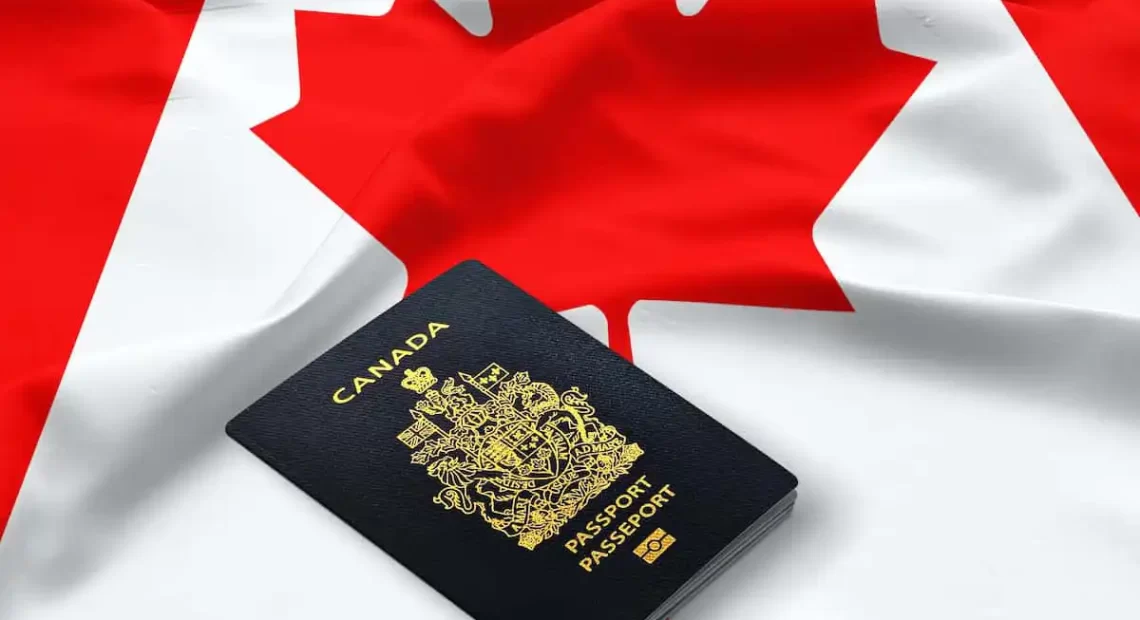Canada Continues to Welcome High Levels Of Immigration with Debates About Integration and the Social And Economic Impacts.

Photo credit: www.immigration.ca
Canada has received high-acclamation from across the globe over the last half-century for welcoming immigrants and encouraging multiculturalism or cosmopolitan culture in the country. For over 150 years, many immigrants have been permanent residents through its easy and adoptable immigration policy. The country has received the largest share and highest ratios from industrialized Western nations that helped it counter old demographics and high economic growth. Although some Canadians have disagreed and expressed their concerns about the soaring strain on housing, food staples, and social services, it is true to some extent.
Canada has been a most sought-after destination for many immigrants, including migrant workers and international students, especially after the restriction of immigration in the United States by the Donald Trump government. As Canada is experiencing a labour shortage and lack of skilled workers, it has not restricted the country’s immigration policy. However, the immigration policy and current immigration systems are facing a wide range of other challenges like shortage of housing, rising housing prices, rent hikes, housing crisis, asylum claims, labour abuses, inflations in foods and essential commodities, and abuse of temporary-visa holders.
Like the United States, a flexible immigration system has developed Canadian society and culture. After its independence from the United Kingdom in 1867, Canada utilised immigration for the development of large areas of its land. Consequently, Canadian governments, their sponsored information campaigns, employers, and recruiters encouraged immigrants and asylum seekers to settle in rural and frontier areas. It is worthy to mention here that all immigrants were not allowed to settle there. Nineteenth and early twentieth-century emigration policies discouraged immigration for poor and ill people, disabled persons and some selected groups having non-European and non-Christian backgrounds. Canada changed its immigration policy and calculus during the post-war period as economic growth required a larger workforce. Moreover, Cold War tensions also compelled bringing a change in Canadian policy.



















